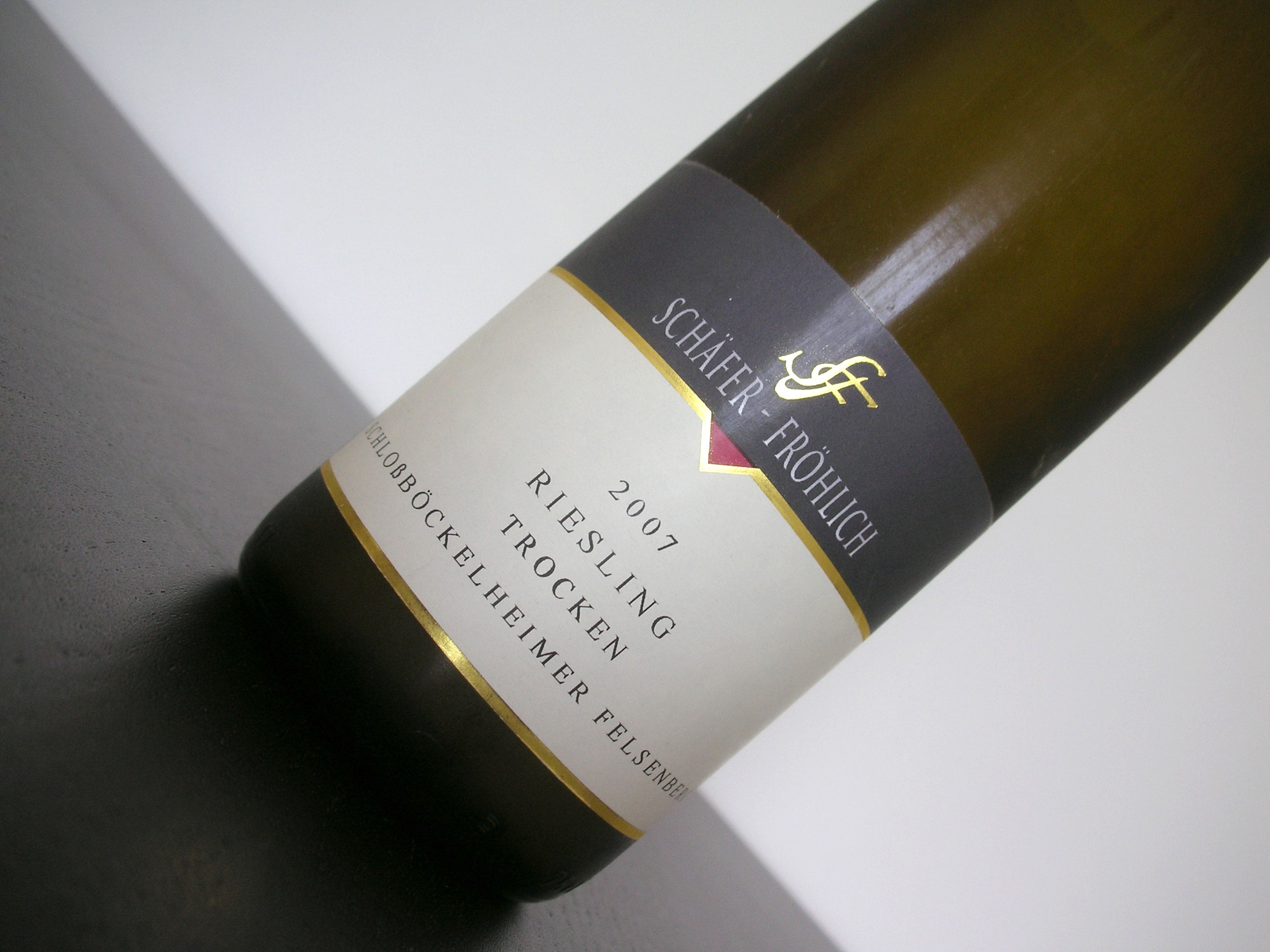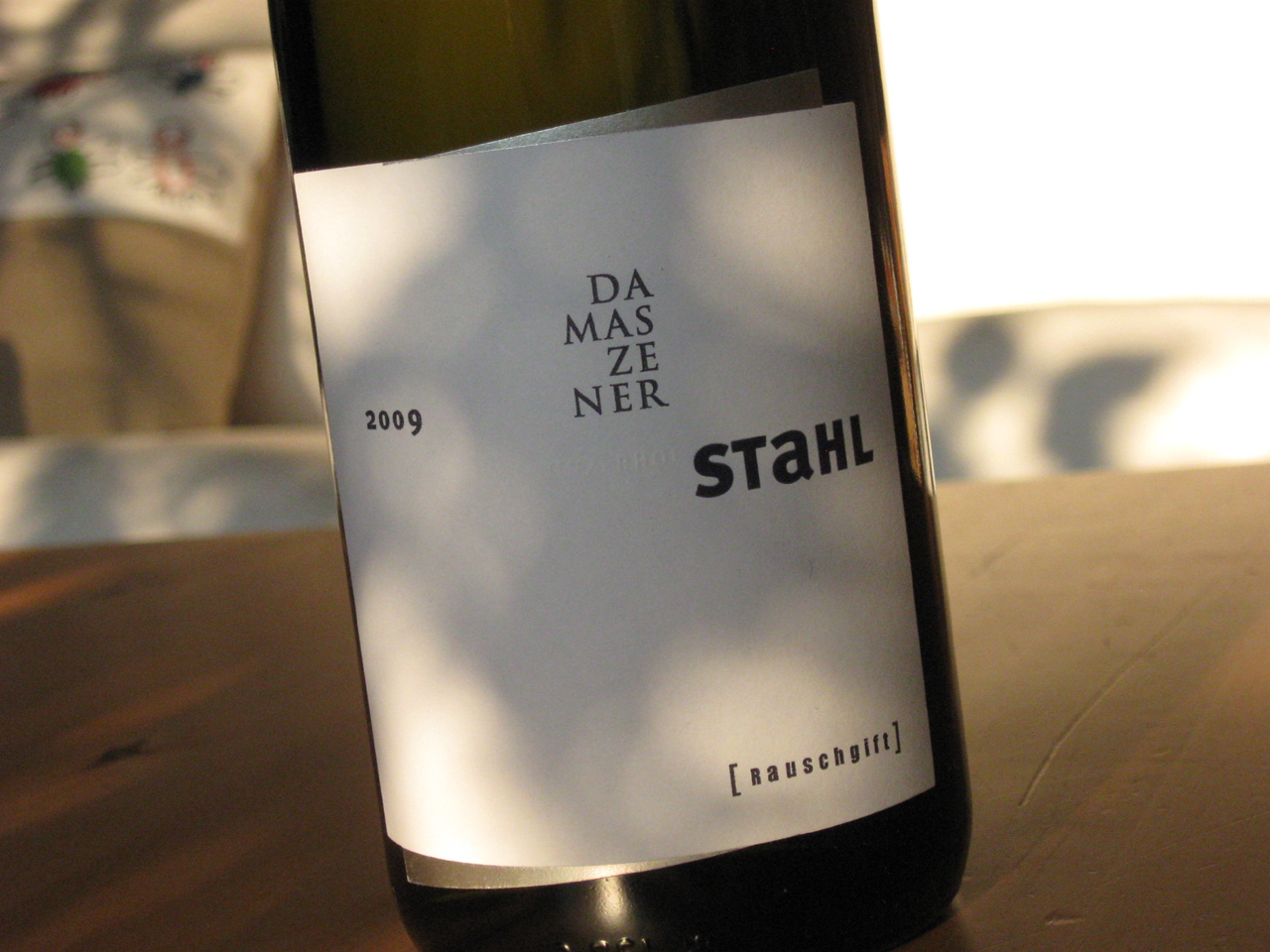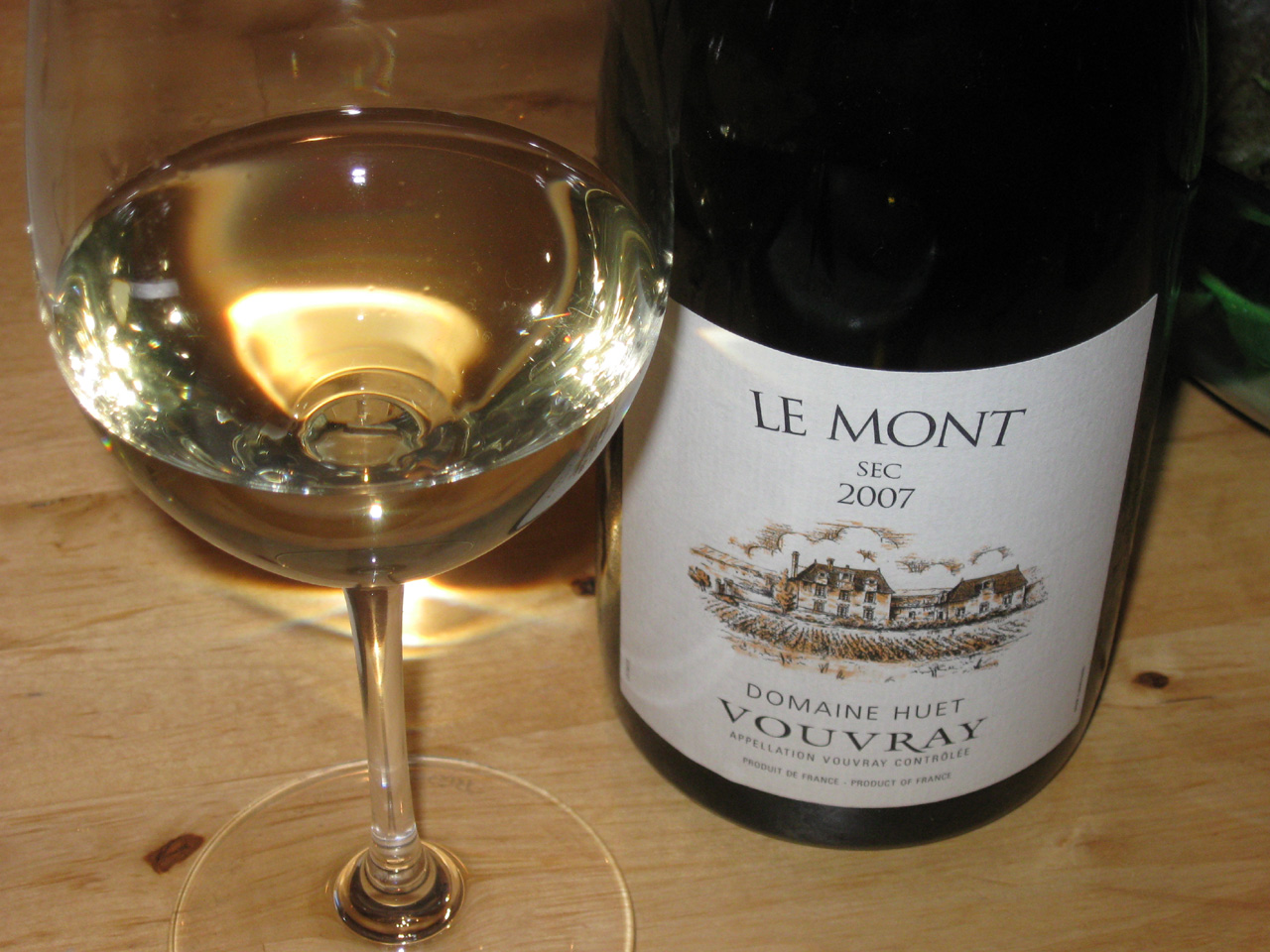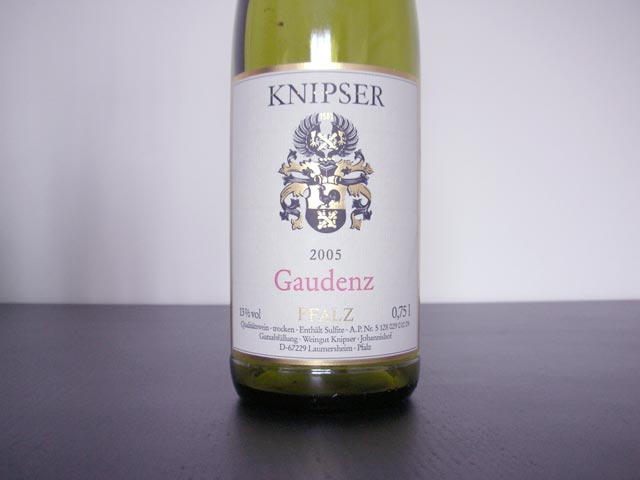Vincent Carême, Vouvray Spring, 2007
When 2009 came to an end, for some reason the Wine Rambler got infected with the idea of developing new year's resolutions. Among the ones Julian came up with was to 'try more from lesser-known French wine regions like the Jura or the Loire Valley'. Traditionally, I leave France more to Julian, but his recent excitement about a Loire Chenin Blanc made me memorise the word 'Vouvray'. Vouvray is a region of the Loire Valley where they specialise in Chenin Blanc, wines that can rival Riesling in terms of their potential to age for decades. So when (following a phase of drinking much Pinot Blanc, Riesling and some Chardonnay) I came across a Vouvray that was recommended by trustworthy wine merchants Philglas & Swiggot, I did not hesitate and grabbed their last bottle. Lucky me, I can now say.










